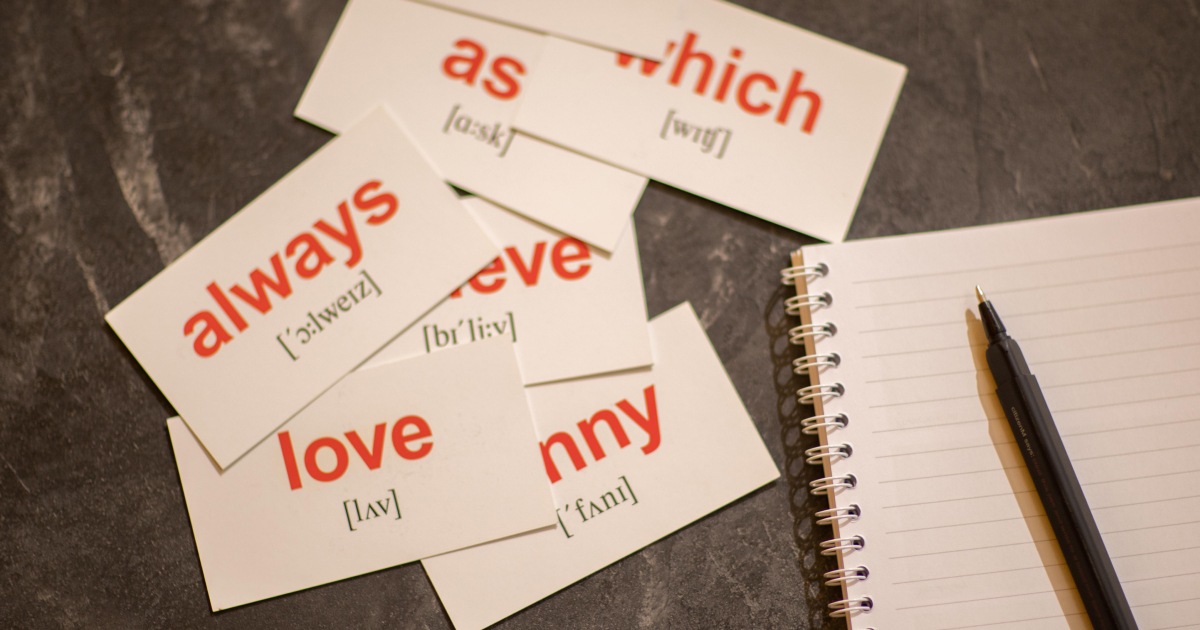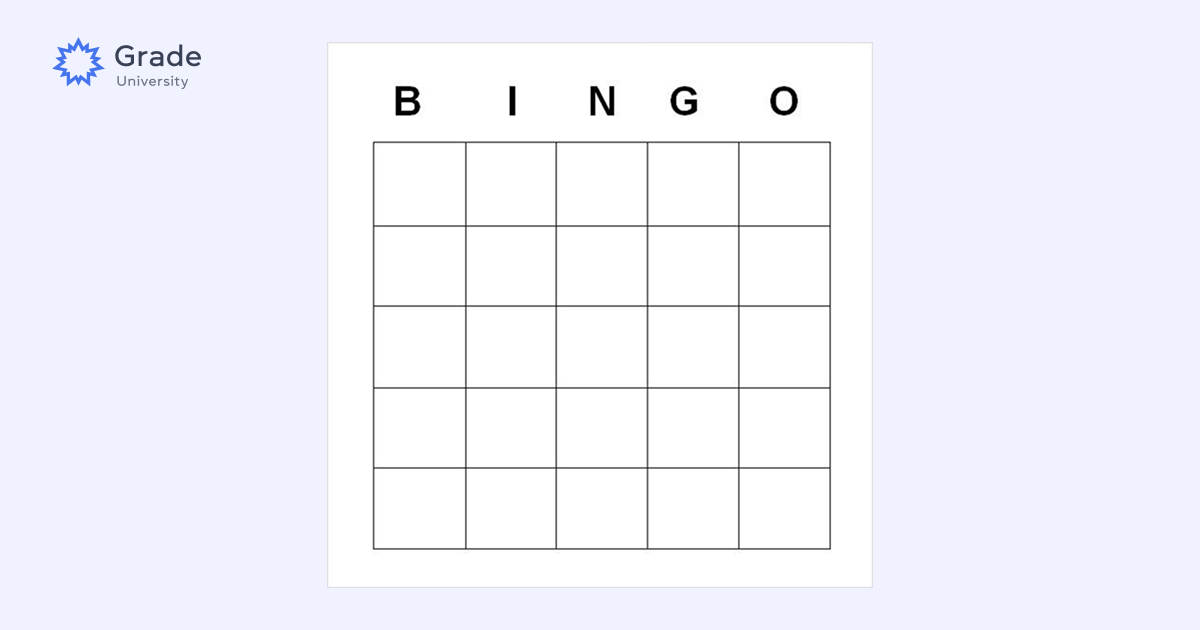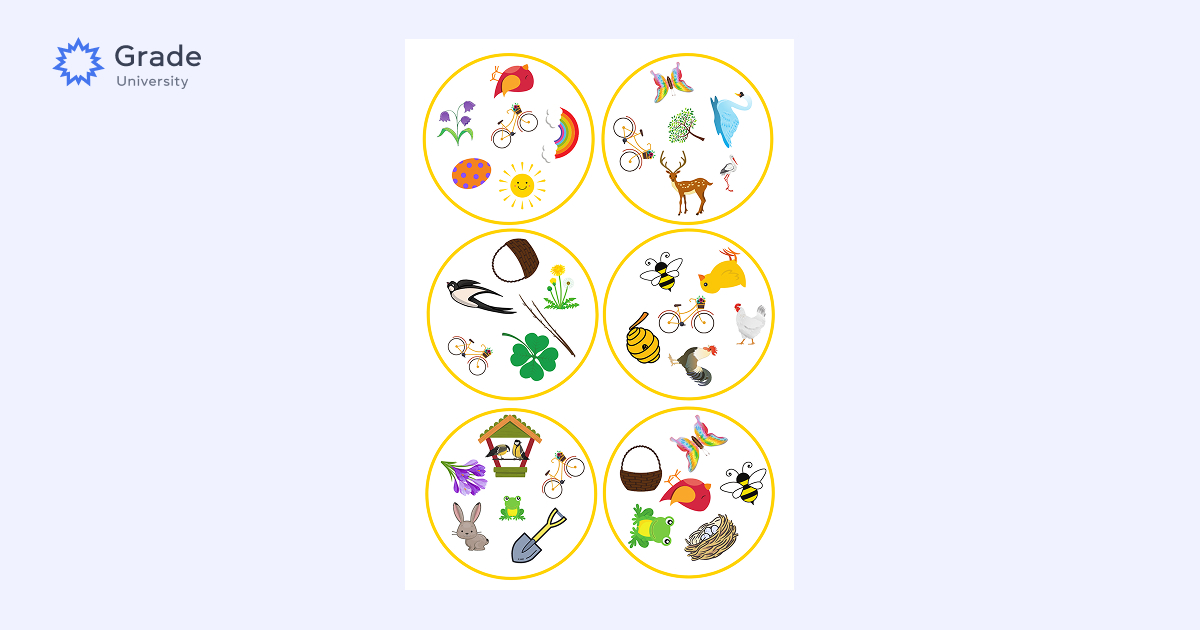Mastering Idioms: Strategies and Activities for Teaching and Learning
- Vocabulary
- Grammar
- Activities
- Tips & Strategies
- Methodology

05.03.2025
What is the first thing that comes to mind when you hear the word “game”?
Usually, people think of children running around the playground playing “tag” or some board games.
Why do people play games? The first reason why the games exist, of course, is to have fun.
But what is the connection between games and ESL?
They create an enjoyable and engaging learning environment while boosting students' motivation.

Spark your English lessons with flashcards
Start nowNow, think about the statements below: are they true or false?
Game preparation takes too much time and effort.
Games are only for kids.
Games will bring chaos and students will lose focus.
Games have no proven efficiency and contribute nothing to learners’ progress.
Answered? Yes, all of them are false.
There is nothing better to bring a spark to your lessons than using some games.
You can adapt any kind of game to the appropriate age or level group.
If planned and organized well — only benefits and positive emotions will appear.
Using new technologies, the preparations won’t take too much time so there is no chance to overload yourself with some extra work.
Language games are designed to engage and motivate students. Of course, some people are way too competitive, but there are many ways in which you can control this.
There are more cons than you can think.
When it comes to learning vocabulary, we need to make it memorable and give students an opportunity to shine.
Games will become one of the best assistants you’ve ever had.
Alphabet games & activities for ESL students
Bingo is one of the most popular games that can be used to boost vocabulary learning.
It’s versatile: you can pop in with pre-made materials or improvise and do it on the spot.
All you and your students need is something to write on and a set of vocabulary.
It’s a perfect game to start the lesson with if you want to have a quick revision. Also, it’s easy to set up and prepare.
Teacher’s side
First, decide if you go with pre-made materials, so you can focus on some problem spots or you keep it to your students.
Choose the number of items that will be used.
After that find the needed grid that’ll fit the set you've chosen.
You can google it or ask your students to draw it themselves (however, it can take more time since not everyone can do it quickly)
Think how you are going to call out the items: by yourself, audio, pictures or, maybe, miming.
Finally, prepare a short demo so students understand the task clearly.
Example demo for the introductory sessions
Show the picture with the grid and filled words/picture.
Ask them if they know what this is.
Say a few words randomly and cross the words accordingly after they were called out.
Make a line and shout: “BINGO”.
Ask a few ICQs to make sure that they get the idea.
Tell them that they’re going to do the same.
If any, hand out the cards or give some time to fill the grids.
Student’s side
They should have something to write on or with (if you go with pre-made cards).
They can choose the words from the list given.
They listen and cross or cover the words they’ve heard.
When they have a line of the crossed-out word they must shout “Bingo!” to let the teacher know.
Materials
Given the objective, there are lots of cards and forms you can use.


Body parts ESL games & activities
Read nowPeer teaching can be a modifier here. To provide your students with more autonomy you can put them into small groups and ask them to play individually.
For this, divide your students and nominate the one who’ll call the words out.
It can be a great opportunity for shy or passive students who don’t really like to be involved.
Put a reminder that the “bingo caller” should speak clearly and mind pronunciation and intonation.
After that give these students out the list of words/bags/bowls and do the usual demo.
Before implementing this your learners must observe first how you do it so they can repeat after you.
How to teach English to Gen Z?
Originally, it’s an American TV game show designed as a quiz competition.
Basically, it's a quiz where contestants choose the topic, and difficulty of the questions measured in monetary range.
Of course, you don’t have to give the money away — the point would be great enough.
The same is true for the ESL adaptation. It’s a great tool for revising and recycling a large amount of information.
Teacher’s side
First, decide on a range of topics you want to include and divide it into 4-5 categories.
Prepare tasks for each category ranking them from the easiest to the most challenging or tricky.
For example, for 100-points worth questions go with pictures or missing words.
For 200 points assign spelling task; 300-400 points can go with definitions or guessing from the context.
For 500 points ask some tricky question or to use the item in a sentence. Or, just go with easier words to more complex ones and stick to definitions.
The last thing to do is to visit Jeopardy Labs. This website is created to make the teacher’s life easier since it’s a simple way to create a quiz with nice visuals.
If the class is big it can be played in teams.
Students take turns and answer the questions. Or, as an option, the team that answers correctly continues to play.
Example demo for the introductory sessions
Show the picture with the name of the game and the grid with points and categories.
Ask them if they know what the numbers mean.
Open one of 100 worth of questions and ask one team to answer.
If they answered correctly — write their score on the scoreboard.
Ask a few ICQs to make sure that they get the idea.
Tell them that they’re going to do the same.
Decide the order of the teams and start the game.

Another well-known game that can be easily adapted and tailored for classroom use.
Dominoes is a classic game played with rectangular tiles divided into two square ends, each marked with a number of spots or left blank.
The game typically begins with players drawing a set number of tiles, aiming to match one end of their tiles to an open end of the tiles already played.
The objective is to be the first to play all your tiles or to score the most points by strategically blocking opponents.
Variations of the game include straight dominoes and block dominoes, making it a versatile pastime for all ages.
With the vocabulary version the tiles must include the words or pictures that can make a match.
Teacher’s side
Think about what you are going to include in the tiles and how many of them you want to use.
For example, there can be a part of the words and students must combine them correctly and form words.
Prepare the special board so students can follow the directions and not get lost in the process.
Another thing you can do is to put a word on one side of the tile and a word on the other side. Or parts of the collocations, phrasal verbs, or idioms.
There are plenty of premade tiles and boards on various teacher’s websites.
If you need your own customized tiles — ask an AI assistant to arrange everything.
Use interactive boards like Padlet or Miro to make the tiles.
If you teach face-to-face — arrange into the table and print.
Example demo for the introductory sessions
Show the picture with the dominoes that are ordered and matched.
Ask them if they know what this is.
Ask if there are any matches. They should figure out the matching numbers.
Then show them a board and tiles for the classroom version.
Ask your learners what they see (pictures and words; parts of the words; wittier students may see some matches at this point).
Ask stronger students to help you with matching using the tiles.
Ask a few ICQs to make sure that they get the idea.
Tell them that they’re going to do the same.
Point out the tiles that should start the game.
Put the students into groups or pairs and ask them to fill the board. The fastest team is the winner.
Variations
You can imply almost any type of word just decide how it can be broken and combined during the game: idioms, phrasal verbs, prepositions, synonyms, opposites, and many more.

Why is teaching synonyms important?
Find outAnother popular card game that can be easily adapted to classroom use.
Usually, the cards contain some images, but they can be effortlessly replaced with any words that you need to teach or assess.
It also requires quick thinking and focusing on details. It’ll be a great asset for memorizing new vocabulary and practicing some pronunciation as well.
Teacher’s side
Think about what you will include in the cards and how many of them you want to use.
Then decide if you are using pictures or words.
Arrange the chosen items on the cards. Remember that there must be matching concepts.
Here how can it look like:

There is some good news here: you can easily find ready-to-use materials and save yourself some time.
Possible extensions
The key is to find the same objects in the different cards.
You can ask your students to keep a record of each other’s answers. For example, they can ask each other to spell (if the cards with pictures) and then you can check it too.
One more thing you can do after they are done is to ask to make some sentences or a short story using the words they found during the game.
Example demo for the introductory sessions
Show the picture with two cards containing some pictures or words.
Ask them to tell you what they can see and elicit some answers.
Ask if there is anything that is in common for the cards. They should spot some similarities.
Tell them that they’re going to do the same and play with cards.
Their task was to look at cards and name the match as quickly as possible.
For offline classes, each student should have some number of cards and each round must put one on the table.
If you mostly online make cards with Wordwall (choose speaking cards or box templates)or another resource you’re comfortable to work with.
Looking at these cards they must find matches. The used cards must be put aside. Play one round with stronger students.
Before putting them into groups make sure they get the rules with some ICQs.

Teaching lower levels: difficulties teachers face and how to overcome them
Read morePictionary is a fun and engaging game that combines drawing with vocabulary building.
Students illustrate assigned words without using any letters, while their classmates try to guess the word based on the drawings.
Switching roles ensures everyone stays involved, creating an interactive and lively learning environment.
Teacher’s side
There is amazing news — it’s a low-prep type of game, so the only thing you need — is the vocabulary cards or a list.
For online teaching, your learners can use collaborative tools like Padlet.
If you are in an offline environment — use papers and any kind of drawing tool.
Make cards on Wordwall and share them with your students.
Example demo for the introductory sessions
Start drawing on the board. Ask the student to guess what you’re drawing.
Tell them that this is what they’re going to do with partners.
Ask one of the students to draw the word from the card.
Point out that they need to take turns and rotate between guessing and drawing.
Best tools and apps for creating flashcards for your lessons
Twenty Questions is a timeless game that can be enjoyed almost anywhere. It's perfect for passing the time, getting to know new people, or practicing grammar skills.
The basic version requires nothing but a group of enthusiastic players. What’s even better — it’s a low prep game too!
Teacher’s side
No materials are required here.
Just share the list of words with your students.
Example demo for the introductory sessions
Tell your students that you’re some animal and they must guess it.
Give the prompts for yes/no questions. Tell them to ask you to narrow down the options.
After each question put the tick on the board. At some point, they’ll guess.
Count together the number of questions that were asked. Tell them that they can ask 20 questions in total.
Ask some ICQs before start playing. You can assign a person who will count the questions.
The one who guesses the most words is the winner.
Point that they can take turns in guessing and choosing the words.

Fun ways to teach listening to YL
Read nowThe ones presented above are only a small part of the variety and selection of games that can be used for vocabulary learning.
The Internet is full of ready-to-use materials and useful tips.
Games can become a part of your routine and will bring more positivity to your language classroom.
Yulia Popyk
Author
Teacher of General English & Young Learners, Exam Prep
Comments
Leave your comment